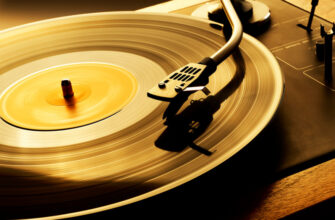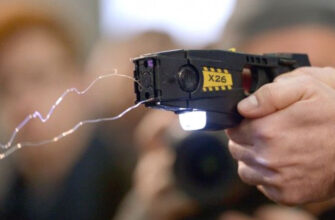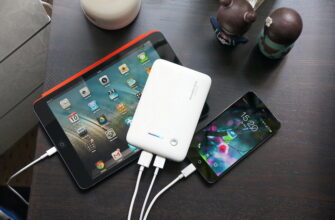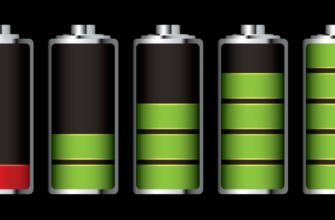When choosing an MP3 player, you should pay attention to its acoustic characteristics and the amount of permanent memory.

- How to choose an MP3 player: key parameters
- Types of players
- Differences in sound quality
- How to Choose an MP3 Player?
- Differences by form factor
- Differences by type of memory
- Main selection criteria
- Availability and type of DAC
- Amplifier availability and type
- Supported audio formats
- Internal storage capacity and memory card support
- Additional functionality
- Top manufacturers
How to choose an MP3 player: key parameters
The most important criteria when choosing an MP3 player are:
-
The presence and type of DAC;
-
The presence and type of amplifier;
-
Supported audio formats;
-
Built-in storage capacity and support for memory cards;
-
Additional functionality.
-
The manufacturer of the device is also important.
Types of players
There are several criteria by which to group the MP3 players on the market today. For example, they are categorized as 'normal' and Hi-Fi based on sound quality. And in terms of design – on the 'standard' and made in the format of headphones with a built-in player. And, finally, by the type of built-in memory – for those with an internal drive and intended for use exclusively with a MicroSD card.
Differences in sound quality
There are two types of players that differ in sound quality – 'normal' and Hi-Fi. The former usually belong to the lower price range and cost from several hundred to 10-15 thousand rubles, the latter to the top-end (that is, from 30 thousand rubles and above).
The differences in these devices are manifested not only in price, but also in design. 'Normal' MP3 players are equipped with simple DACs and low-power built-in amplifiers, which allow them to reproduce music at a level acceptable to most users. Hi-Fi devices receive a sophisticated 'stuffing' and therefore provide near-perfect sound.
However, one small 'but' arises here. Most often, MP3 players are used to play compressed music, and, as the name implies, in MP3 format. Listening to compressed music on Hi-Fi devices is like shooting sparrows with a cannon. Top players are designed to play the corresponding formats – for example, WAV or at least FLAC.
How to Choose an MP3 Player?
Thus, if you just need a device to listen to music on the road and you are not ready to look for an online store where you can buy albums in Hi-Res, the most ordinary MP3 player of a budget or mid-range price range will suit you. For fans of high-quality sound, who are ready to pay thousands of dollars for top-end audio equipment (including headphones with an impedance of about 250 ohms), Hi-Fi players are intended.
Differences by form factor
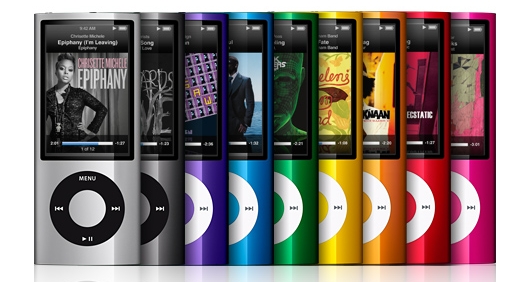
There are two form factors for MP3-players – candy bar (the usual 'box with buttons') and 'headphones'. Devices of the first type are the most widespread. These MP3 players are quite easy to use, have a familiar UX, and most importantly, they can be used with a wide variety of headphones, which will allow you to choose the right pair. They also have a drawback. The wire to the headphones is the weakest point of such an 'audio pair': firstly, it can interfere (especially during sports); and secondly – fray, break, etc.
Headphones-players are relieved of this drawback. Executing, as the name implies, in a headphone form factor (most often with a headband passing through the crown or the back of the head), they provide complete freedom of movement. In addition, such devices, due to the minimum number of connectors, can also be waterproof, which will further delight athletes who do not want to part with music while swimming or taking a shower.
But this is where the advantages of such players are limited. But there are more disadvantages:
-
Unusual and sometimes inconvenient controls. To switch songs, as well as start / pause, you will have to reach for your ear. Due to the lack of a screen, you will have to guess the desired composition by ear;
-
Inability to connect other headphones. However, the speakers of such devices are often balanced for the acoustic parameters of the 'filling', so an unpretentious user will not even want to change the headphones.
The choice in this case is quite simple. If you do not want to put up with wires, plan to run a lot, swim, play sports in the gym or any other physical activity, and you just need music 'for the background' – the 'player-headphones' will be the ideal solution. For everyone else, a regular candy bar is suitable.
Differences by type of memory
According to the type of memory used, players are divided into three groups:
-
No internal memory, only with MicroSD;
-
No microSD slot, only from internal memory;
-
Both with internal memory and a microSD slot.
MP3 players without built-in memory are the cheapest and most compact. Most often, such devices have tiny dimensions (a bit larger than a coin, for example) and weight (measured in tens of grams). Well, the battery life of such players can leave much to be desired.
Low price is the only advantage of such players. You will still have to pay for the memory card that will be used in them. And the sound quality is usually not very high. Such players are suitable only for completely unassuming users.
MP3 players without MicroSD support are perhaps the most common group of such devices. It includes, for example, almost all devices from Apple (iPod series), iRiver, Sony and even Fiio. The main advantage of such players is support for a wide range of music formats, including lossless, due to the high speed of access to the internal memory.
The disadvantage is the limited amount of internal memory. Therefore, in order to carry the entire music library with you, you will have to fork out for an expensive device with a large internal storage. But in players with a small amount of built-in memory, you will often have to change the recorded music.
MP3 players with built-in memory and microSD card slot are the most versatile solution. The music can be recorded to both internal and external storage, which provides almost unlimited scalability of the 'portable music library'.
The players of the last two types are recommended for purchase. Devices without their own memory should be bought only if they provide functionality that is not available in other solutions (for example, the Fiio X3 II 'budget Hi-Fi player', equipped with quartz DACs and at the same time costing about 15 thousand rubles, does not have built-in memory ).
Main selection criteria
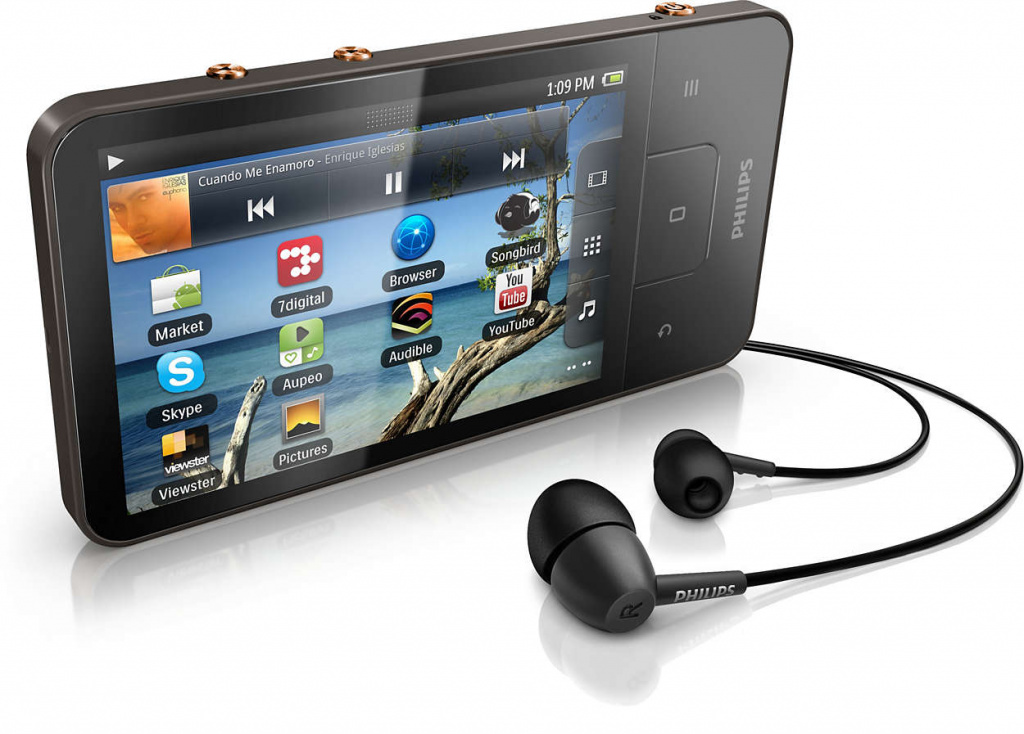
Availability and type of DAC
DAC – digital-to-analog converter – is used, as the name implies, to convert a digital audio signal into analog currents. The better it is, the more frequencies the player can reproduce and the wider the bandwidth of each frequency. Those. it depends on the characteristics of the DAC whether you will be able to hear every note in the composition or whether you will have to be content with the general rhythm.
If the DAC model is separately indicated in the characteristics of the device, such a player is recommended for purchase. Moreover, the following companies make the best DACs: Crystal, Philips and Wolfson. However, they are quite expensive – often unjustified for a portable player.
You can indirectly find out about the presence of a DAC based on the supported formats (see below).
Amplifier availability and type
As the name implies, an amplifier is a functional element that increases the amplitude of a sound wave. This allows you to 'rock' the headphones, make them louder or clearer.
It is good if the amplifier is specified in the specifications of the MP3 player. If not, it's okay, just your favorite 250 ohm Beyerdinamic headphones will have to be used at home. And the best mobile amplifiers are from Analog Devices and OPA.
You can indirectly find out about the presence of an amplifier based on the supported formats (see below).
Supported audio formats
There are two types of audio formats – compressed and lossless. The first ones are distinguished by their small file size, more or less good sound quality (which strongly depends on the bitrate), and, most importantly, by a low load on the player's processor. Lossless formats, in turn, have a large file size, excellent sound quality, a huge bitrate, they do not cut out frequencies inaudible to a person, but at the same time, when decrypting, they heavily load the processor.
Compressed formats include:
-
OGG. It is found mainly in streaming services;
-
MP3. The most common format;
-
AAC. The compressed format used by the company Apple;
-
WMA. The compressed format used Microsoft.
-
Uncompressed (lossless) formats include:
-
FLAC. Most common;
-
ALAC. Like FLAC, only proprietary for Apple;
-
APE. The most common Hi-Res format.
If the player supports lossless formats, then it has a more or less good DAC and amplifier installed. If it does not support it, none of this is there, all conversions are performed on the device processor.
Nevertheless, the more formats the player supports, the better. If it, like Sony NWZ-B183F, only supports MP3 and WMA, other types of music will have to be converted with special programs.
Internal storage capacity and memory card support
The large capacity of the built-in storage is unnecessary for the MP3 player if it does not need support for lossless formats. Even on 4 GB, you can record 2-3 discographies of different artists. However, the optimal capacity is 8-16 GB.
If you plan to record very large discographies (for example, the collection of the U2 group or all the posthumous albums of Michael Jackson), you should purchase a player with support for microSD memory cards or a built-in 16 GB drive.
Additional functionality
Additional features that may be useful include:
-
Body material. Metal is more reliable than plastic;
-
Moisture protection. What athletes need;
-
Bluetooth. Allows you to connect wireless headphones;
-
Multi-line screen. Displays not only the title of the song, but also the selected modes, as well as general information.
But the touch screen and video format support are completely useless in most cases. Rather, they even say that the manufacturer saved on a good DAC and amplifier by simply plugging in a more powerful processor. Unless, of course, we are talking about the iPod Touch.
Top manufacturers
Among the best player manufacturers are:
-
Apple. Launches the most famous iPod series;
-
Sony. Famous for the Walkman brand;
-
Fiio. Budget Hi-Fi players.
-
You can also highlight the companies Ritmix and iRiver, which produce budget MP3 players.
In the following articles, our experts will tell you how to choose a quadrocopter, the secrets of choosing a voice recorder and the main factors in choosing an inexpensive phone.
Attention! This material is the subjective opinion of the authors of the project and is not a purchase guide.



